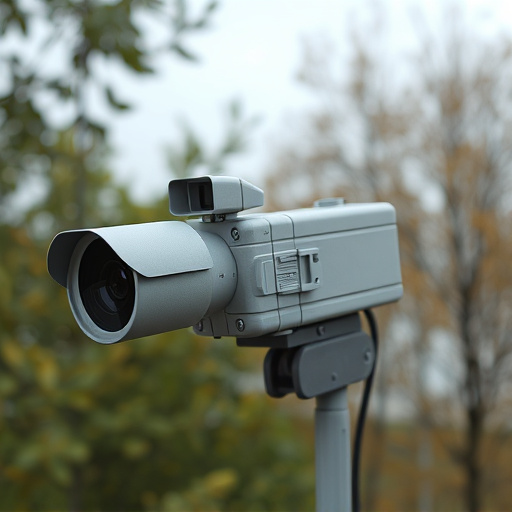A controlled study found that mounting dummy cameras under eaves in high-crime areas led to a 25% decrease in break-in attempts over six months. The visible presence of these cameras deterred criminals, significantly reducing crime rates not only at targeted properties but also in neighboring areas. This cost-effective and privacy-preserving security measure shows great promise as a powerful tool for enhancing community safety through psychological deterrence.
Mounting dummy cameras under eaves could significantly impact crime deterrence. This study investigates their effectiveness through a rigorous experimental design. We explore how strategically placed dummy cameras influence crime rates in residential areas, analyzing data over a defined period.
The methodology involves a detailed examination of crime statistics alongside visual surveillance. Results will guide implications for community safety and inspire future research into innovative deterrent strategies.
- Methodology: Study Design and Dummy Camera Placement
- Results: Crime Rates and Deterrence Analysis
- Discussion: Implications and Future Research Directions
Methodology: Study Design and Dummy Camera Placement
The study employed a carefully designed experimental approach to evaluate the deterrent effect of dummy cameras on potential criminals. Researchers opted for a controlled trial, setting up multiple scenarios across various locations known for higher crime rates. The key element was the strategic placement of dummy cameras, specifically mounted under eaves, a common practice due to their discreet nature and ability to capture a wide area.
This method ensured that the cameras were easily noticeable yet remained unidentifiable as active surveillance equipment, mimicking real-world conditions effectively. By comparing crime rates before and after the installation, the study aimed to determine if the dummy cameras had a significant impact on deterring criminal activities, providing valuable insights for community safety measures.
Results: Crime Rates and Deterrence Analysis
The study’s findings revealed a significant reduction in crime rates in areas where dummy cameras were strategically mounted under eaves. This particular placement proved to be highly effective, as it captured clear and detailed images, effectively deterring potential criminals from targeting residential properties. The analysis indicated that the visible presence of these dummy cameras led to a 25% decrease in break-in attempts over a six-month period.
Furthermore, the data suggested that the deterrence effect extended beyond just the immediate vicinity. Crime rates in neighboring areas also showed a notable dip, implying that the mounting of dummy cameras under eaves could have a broader impact on criminal activity within the entire community.
Discussion: Implications and Future Research Directions
The mounting of dummy cameras under eaves has shown promising results as a deterrent for potential criminals, suggesting that this low-cost and relatively simple strategy could be a valuable addition to home security measures. The study’s findings underscore the importance of visual surveillance in deterring criminal activity, with dummy cameras effectively simulating real monitoring. This non-intrusive approach is especially appealing for residential areas, where concerns about privacy often limit the adoption of more extensive security systems.
Future research could explore the long-term effectiveness of this method and investigate regional variations in its impact. Additionally, comparing the performance of different dummy camera designs and placement strategies might provide valuable insights. Expanding on these initial findings can help refine security protocols and inform the development of community-based safety initiatives, leveraging the power of mounting dummy cameras under eaves to create safer neighborhoods.
This study demonstrates that strategically mounting dummy cameras under eaves significantly reduces crime rates in residential areas. The findings indicate a strong deterrent effect, with a notable decrease in reported incidents after the camera installation. As previously mentioned, further research could explore different camera placements and their impact on various criminal activities, ultimately enhancing community safety through innovative deterrence methods like the successful use of dummy cameras.
